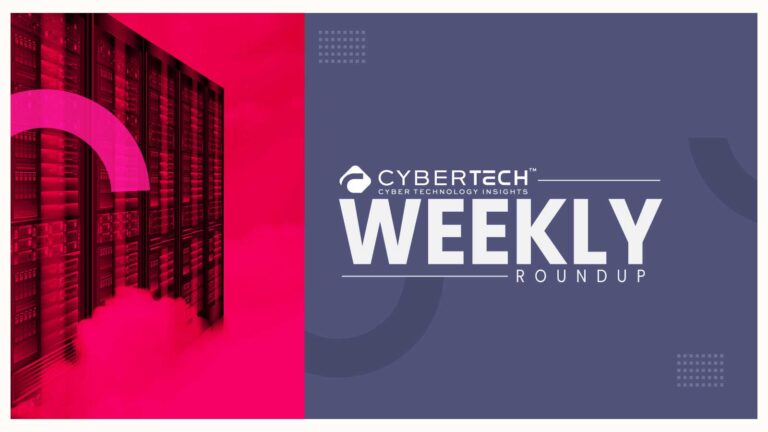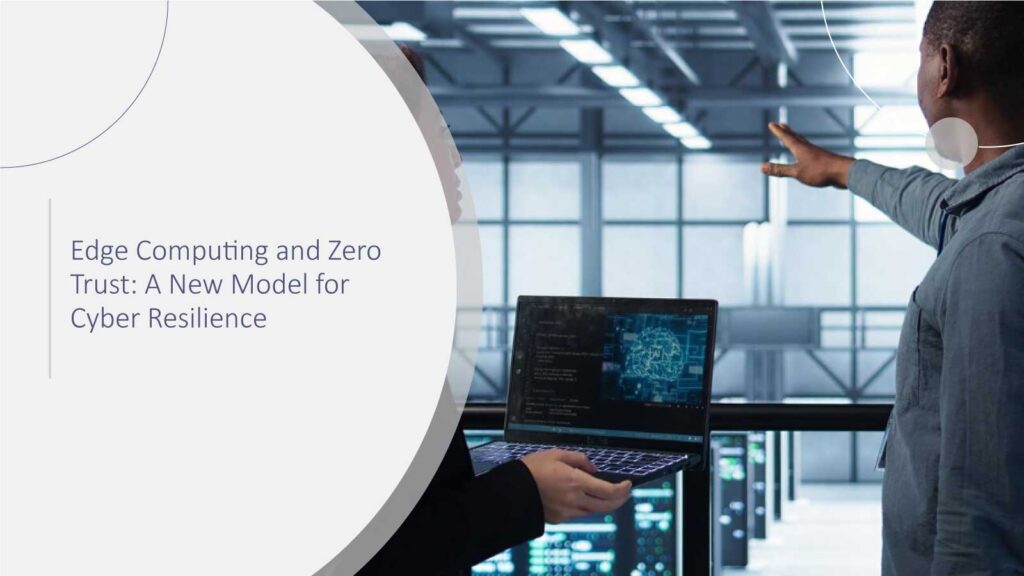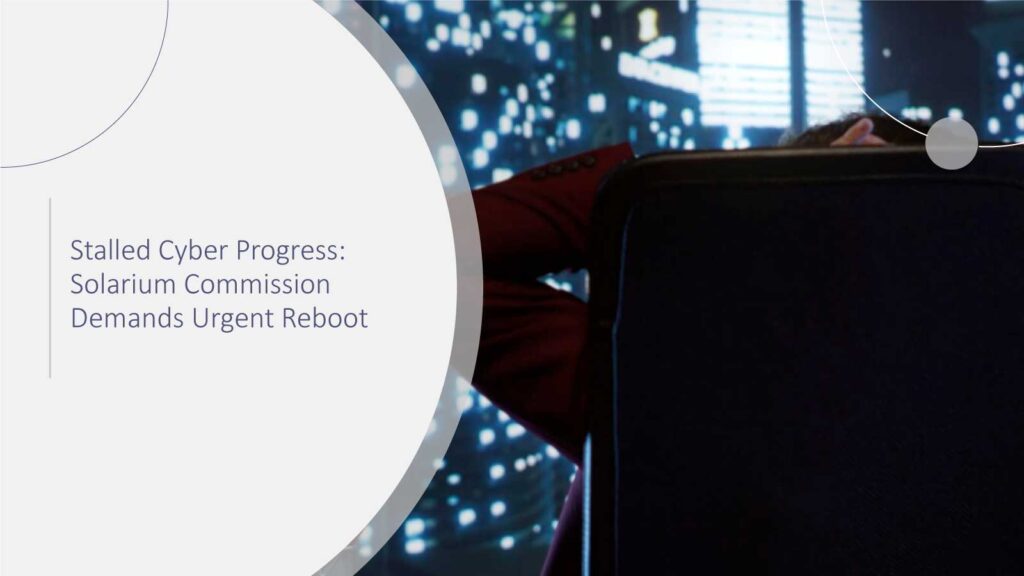It’s worth noting that in 2026, cybersecurity insights are not a subject discussed solely in the IT department. Rather, it is a matter of high executive management priority, a part of the legal requirements, and in fact, an inseparable part of the day-to-day lives of those working in the digital economy. With each virtual activity we conduct, such as clicks, swipes, and logins, we already influence cybersecurity. Cyber technology has gone through an evolution and is no longer the “backbone” of operations; instead, it serves as a kind of barrier that keeps the safeguards, customer trust, and business growth safe. According to Gartner’s 2025 Cybersecurity Outlook, 88% of board directors now consider cybersecurity a business risk rather than a technology risk.
Whether you are a professional, a techie, or a maverick steering digital transformations, you must have already realized how security-related matters are changing at an extremely high pace. The big question is reversed, namely: Are you ahead of the game? We are going to introduce 10 cybersecurity insights that you are obliged to know by 2026. These are not abstract concepts but real, practical shifts verified by industry leaders and global research reports that you will feel happening in your work, not just today but also tomorrow.
1. AI in Cybersecurity Has Moved Beyond Detection
Artificial Intelligence did not come as a surprise in the sector of cybersecurity, but the year 2026 is the turning point. The conversation has shifted from AI merely “detecting anomalies” to it now “predicting” risks before they exist. Nowadays, instantaneous analysis of trillions of signals, from cloud apps to endpoint devices, result mapping overtaken by machine over human speed is even under attack.
“AI certainly will not replace human intellect in security. Instead, it will be like fuel for it, making defenders quicker and more effective.” – Satya Nadella, CEO of Microsoft.
McKinsey’s 2025 report shows that AI-powered cybersecurity platforms can reduce breach detection time by up to 96% compared to traditional methods.
Imagine it as if AI is not the security that noticed the culprit, but it is rather the system that already knew the crime was going to happen at that particular time, and so it closed the doors before the intruder could enter.
2. Quantum-Resistant Encryption Is Becoming Standard
Discussions about quantum computers that could easily crack encryption have been spreading for quite some time. In 2026, the atmosphere surrounding this technology is not one of mere rumors; rather, it is definitely a boardroom concern, and companies are embracing NIST standards for post-quantum cryptography.
“Quantum is the next chapter. It’s not a matter of whether, but when. Security leaders should start today to put in place measures that will keep their encryption safe for the future.” – Arvind Krishna, CEO of IBM.
Gartner projects that by 2030, 20% of organizations will experience a material exposure due to quantum-computing threats, driving rapid adoption of post-quantum cryptography.
Dr. Adam Everspaugh, Cryptography Advisor, Keeper Security, and CTO, and
Co-Founder of Station70 says:
Quantum computers won’t just change technology – they will upend the digital world, and the current forms of security that protect it. Once mature, quantum computing will have the power to shatter the encryption that safeguards personal data, financial transactions, healthcare systems, cloud platforms, government operations, and critical infrastructure.
The immediate risk comes from a strategy called “harvest now, decrypt later,” better described as a “time-capsule attack.” Right now, cybercriminals are capturing encrypted traffic as it traverses the internet and stashing it away with the intent of unlocking it years later when quantum machines are commonplace. Any organization with sensitive information of long-term value, such as financial, health, or intellectual property records, is at risk of this attack.
Cybersecurity Awareness Month poses a prime opportunity to spotlight this immediate and serious concern. All of today’s widely used public-key algorithms can be cracked using Shor’s algorithm when run on a sufficiently capable quantum computer. This includes RSA and the elliptic curve cryptographic algorithms. Symmetric cryptographic schemes like the Advanced Encryption Standard (AES) and the Secure Hash Algorithm (SHA-2 and SHA-3 family) are still secure, as are the new breed of lattice and hash-based quantum-resistant cryptographic algorithms recently standardized by the US National Institute of Standards and Technology (NIST).
The timeline for realizing these quantum computers capable of breaking public-key Cryptography is uncertain. Conservative estimates place it decades away, but technological progress is non-linear and notoriously difficult to predict. The recent standardization by NIST of quantum-resistant cryptographic algorithms, including Kyber, Dilithium, and Sphincs, highlights the importance of organizations
planning their transition now.
Governments are also starting to take note. Regulators are urging enterprises and public-sector bodies to inventory cryptographic systems, prepare for migration, and adopt “crypto-agility” strategies. The likes of Apple, Google, and Cloudflare have already begun piloting hybrid deployments for quantum-resistant cryptography, combining classical and quantum-resistant algorithms to get the best of both worlds
in the near term.
Security leaders must act decisively. There are several practical steps to prepare for quantum disruption. Start by identifying and classifying high-value, long-term sensitive data, evaluating vendor quantum-resistance, and transitioning to hybrid cryptography. This Cybersecurity Awareness Month is an opportunity to take action, as tomorrow’s resilience is built on today’s response.
On the bright side, quantum computers will not be a problem for businesses that opt for quantum-resistant encryption. Consequently, blockchain-based transactions, health data sharing, and even contactless payments can be shielded with the next generation of algorithms. The feeling would be like sending sensitive documents encrypted by a method that is as safe as a paper lock, while the attackers have full access to supercomputers.
3. Zero Trust: The New Standard
Do you remember the times when “Zero Trust” was widely used for marketing, but only seldom applied? It is the opposite in 2026. The principle is quite straightforward yet very effective: never trust, always verify. So-called “insiders” do not get automatic access to everything just because they are members of the network.
“Identity is the new perimeter. The future of security is Zero Trust everywhere.” – George Kurtz, CEO of CrowdStrike.
This implies that identity has replaced the perimeter as the place that needs protection. The use of multi-factor authentication (MFA), biometrics, and continuous verification has become a standard practice. If your systems are still relying solely on firewalls, then you are still playing in 2016’s arena with 2026’s rules.
Darren Guccione, CEO & Co-Founder, Keeper Security, also stated that:
Cybersecurity is national security. Since 2004, Cybersecurity Awareness Month has served as a reminder that protecting our nation’s digital infrastructure is inseparable from protecting our physical infrastructure. Nation-state adversaries and organized cybercriminals are launching more frequent and more sophisticated attacks than ever before, making agencies like the Cybersecurity and Infrastructure Security Agency. The agency(CISA) is vital to our collective defense.
The majority of U.S. digital infrastructure is owned and operated by the private sector, placing businesses directly on the front lines of this battle. Public-private Collaboration is no longer optional – it is essential. By sharing real-time threat intelligence, advancing zero-trust security models, and implementing modern Privileged Access Management (PAM) solutions, organizations support our government agencies in strengthening our digital borders and protecting the systems that power our society.
A unified approach – with government and private industry working side by side – is the only way to stay ahead of today’s adversaries and tomorrow’s unknown threats. By embracing this collaboration and prioritization of cybersecurity as a national security imperative, we can build a more resilient future for all.
4. Human Error Is Still the Weakest Link
This is a difficult truth: even the most perfect security setup can fall apart if an individual is tricked into clicking on a “too-good-to-be-true” email link. Phishing, social engineering, and insider carelessness are still the main reasons behind security breaches.
However, organizations are different. Instead of the traditional monotonous, checkbox-style training, 2026’s training programs are engaging, gamified, and scenario-based. Employees are practiced with real-world simulations—imagine Netflix-style training but mixed with phishing tests.
“Cybersecurity is not just a technology problem, it’s a people problem. Culture is as important as code.” – Jen Easterly, Former Director of CISA (Cybersecurity and Infrastructure Security Agency)
What is the bottom line? The employees are not only to be told about the existence of security, but they also need to experience it.
5. Ransomware Negotiators Are Now Boardroom Regulars
The ransomware issue has not been completely solved; it has rather changed. The FBI’s 2025 report shows that there has been a 40% rise in the cases of double extortion, where attackers, along with encrypting the files, threaten to make the stolen sensitive data publicly available, thus causing harm to the victim organization.
One of the reasons for the growth of professional ransomware negotiators is that some companies in 2026 consider them PR crisis managers whose expertise helps to calm the situation, to communicate with the media appropriately, and, in some cases, to get the ransom lowered.
“The cost of ransomware is not just financial. It’s reputational. It’s existential.” – Christopher Wray, Ex-Director of the FBI.
According to Palo Alto Networks’ Unit 42 Ransomware Threat Report 2025, the average ransom demand hit $5.3 million, up 50% from 2023.
6. Cyber Insurance Is Getting Smarter (and Stricter)
Earlier, a cyber insurance policy was considered just another supplementary policy. It has changed. In 2026, insurers require the evidence of all: Zero Trust models, employee training records, encryption standards, and breach response playbooks if a policy is to be given.
Ransomware payouts requested by insureds have been doubling every two years; thus, we have these trends where the money required is the reason why cyber insurance is getting stricter and smarter.
It is good news for those companies that previously received help; now they realize that this insurance is simply their compliance guide.
7. Cloud Security Is About Shared Responsibility
Indeed, the cloud is not “new,” but the story about securing it is still going on. The shared responsibility model is being stressed by both regulators and cloud providers in 2026. While the providers are responsible for securing the infrastructure, the customers are obliged to secure the data, access, and configurations.
“Deducting from the least story and the major misconception, one should figure that the cloud providers are the only ones for the task. Security in the cloud is a shared responsibility.” – Andy Jassy, CEO of Amazon (AWS).
Imagine this: If you left your office unlocked, you can’t just blame the landlord. Yet, misconfigured cloud databases still contribute significantly to data breaches.
8. Regulations Are Expanding Beyond Borders
Cybersecurity has transformed from just an IT checklist into a compliance marathon. The security mandates that businesses are now facing come from the U.S. SEC’s disclosure rules, the NIS2 Directive of Europe, and the cross-border data laws of the Asia-Pacific region.
By 2026, it will no longer apply only to large enterprises; medium-sized firms will also need to comply, which will be required to demonstrate that they comply with multiple jurisdictions. Consequently, the number of Chief Trust Officers who employ privacy, security, and ethics as one of their holistic concerns has been increasing owing to this trend.
9. Supply Chain Security Is Board-Level Priority
Just one weak link in a supplier’s network can make the whole organization vulnerable. Attackers know this. 2026 sees the third-party and supply chain risks topping the list of concerns most addressed by the chief information security officers.
Businesses now require proof of security measures implementation from partners of each category– vendors, contractors, and even SaaS providers. Some go as far as including “kill-switch clauses” in contracts that allow them to cut off digital connections immediately if a supplier engages in risky behavior.
10. Cybersecurity Is Becoming a Business Differentiator
Here is the bright side: in 2026, cybersecurity is not just a defensive measure; rather, it is a competitive edge. One of the main reasons for a customer to be attracted to enterprises is if they openly convey their security certifications, compliance status, and incident response transparency.
“Trust is the currency of the digital age. Without it, you don’t have customers—you just have transactions.” – Marc Benioff, CEO of Salesforce.
Just think about it. Are you willing to bank with a company that conceals its practices or with one that proudly claims: “We are SOC 2, ISO 27001, and quantum-resistant certified”? Customers opt for trust.
Conclusion: 2026 Belongs to the Proactive
The cyber threat scene of 2026 is a shift from reaction to anticipation. According to the new standard, early movers gain access to a whole spectrum of benefits, starting from AI-driven defenses and quantum-ready encryption, and up to business agility and customer trust.
For the pros and the tech junkies, the takeaway is obvious: security is not an invisible background process. It is the engine that powers trust, innovation, and growth.
So, ask yourself: is your organization operating like it’s 2026, or still like it’s 2016?
FAQs
1. What is the biggest cybersecurity trend in 2026?
The AI-driven anticipatory safeguard is the main idea that just keeps on winning. Apart from allowing enterprises to stay safe from the dangers, interception now also makes it possible for them to approach threats in a proactive way.
2. Why is quantum-resistant encryption important now?
The power of a quantum computer that will be able to decrypt all encrypted data is just a matter of time. So, only cryptography after the quantum era can ensure that the data is safe in the future, in the new era.
3. Is Zero Trust really necessary for smaller businesses?
Without any doubt, yes. Zero Trust is a methodology that works for all sizes. Even small companies make the most use of identity-based access controls and MFA, which help mitigate the risk.
4. How is ransomware different in 2026?
The double-extortion plan of the ransomware crews has been improved to such a degree that now they not only prevent the victims’ access to the files but also publish the data concurrently, thus making the only solutions to be the negotiations and preventive defense.
5. How does cybersecurity affect business reputation?
When you have installed a strong cybersecurity program, it is like a credential of trust; it takes your brand to a new level and brings you customers who are looking for digital-world transparency and security.
For deeper insights on agentic AI governance, identity controls, and real‑world breach data, visit Cyber Tech Insights.
To participate in upcoming interviews, please reach out to our CyberTech Media Room at sudipto@intentamplify.com.






